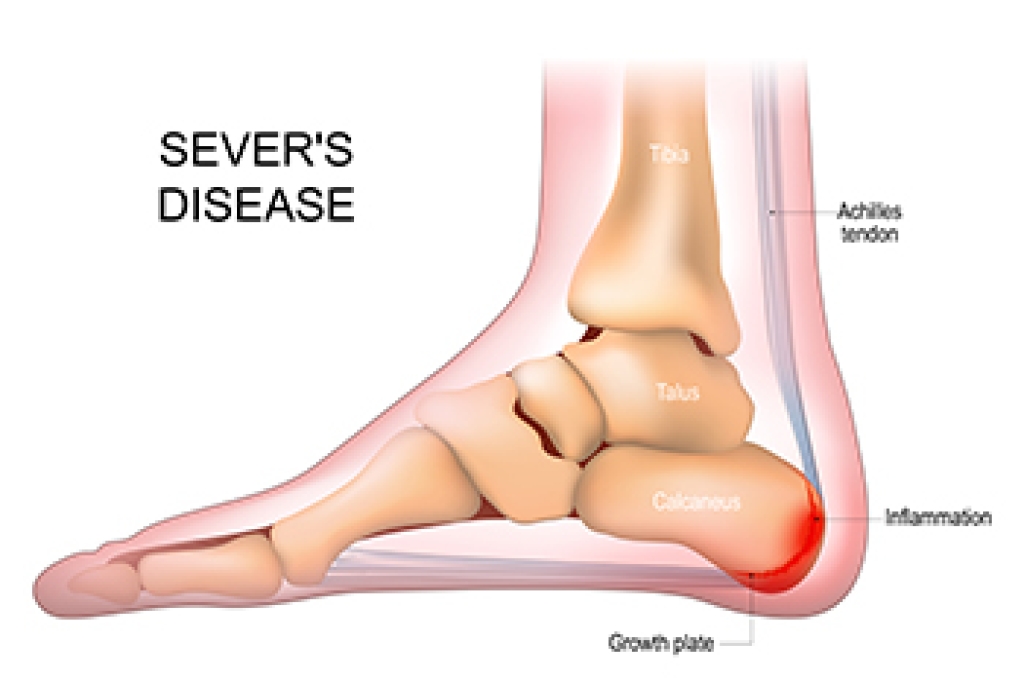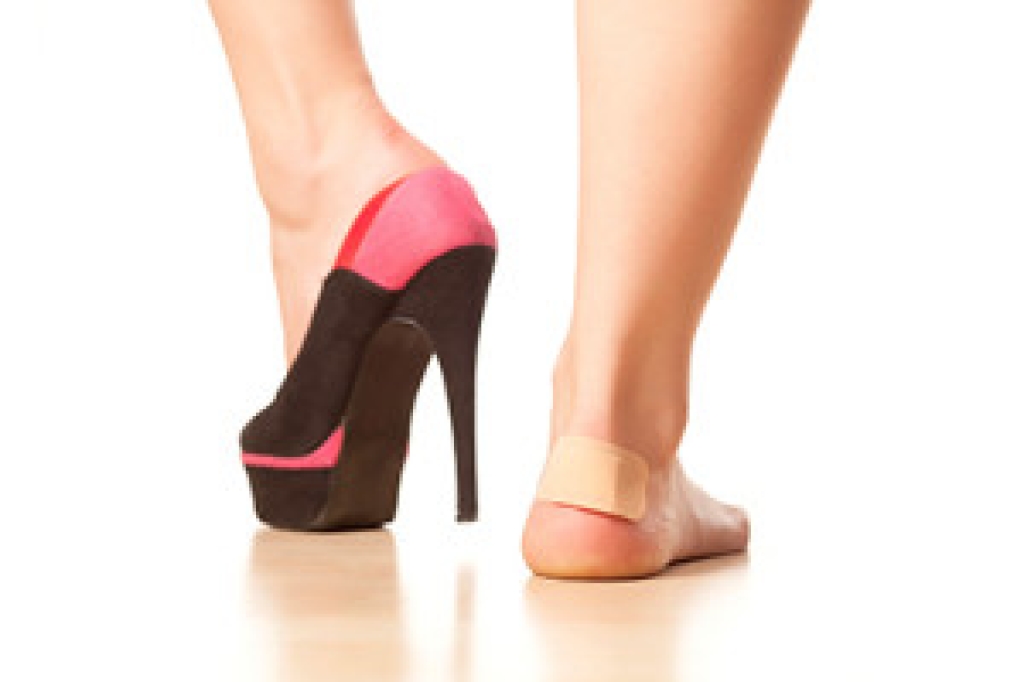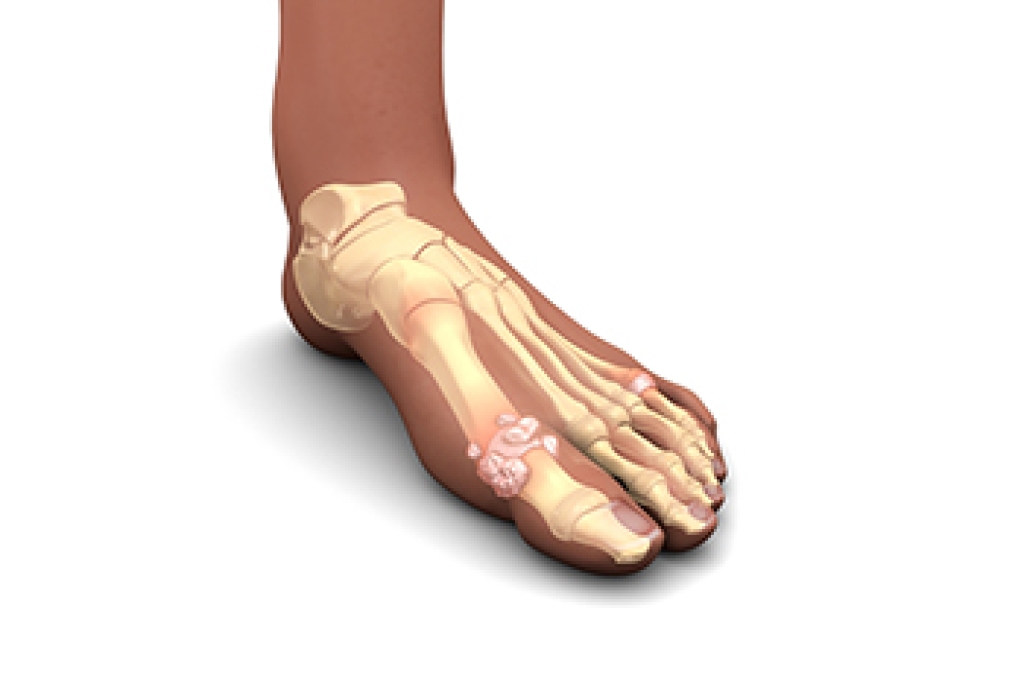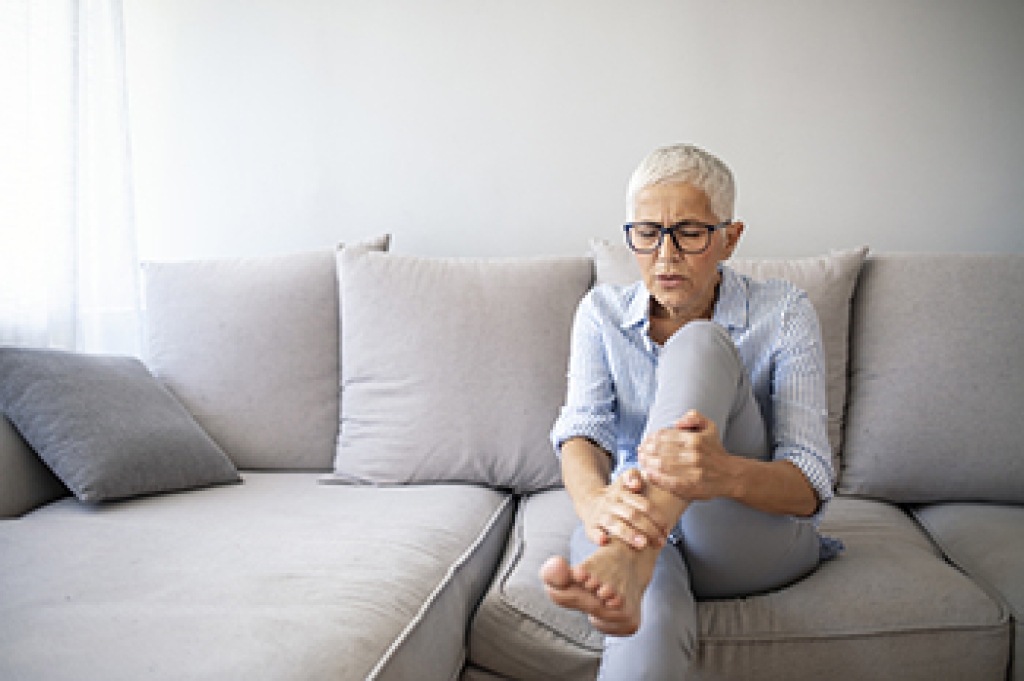
Sever’s disease is a common condition that affects the heel of growing children, typically between the ages of 8 and fourteen. It occurs when the growth plate in the heel becomes inflamed, often due to repetitive stress from running, jumping, or participating in sports. Symptoms may include heel pain, walking on tip toes to avoid pressure, and difficulty engaging in sporting activities. Children may also experience swelling or tenderness at the back of the heel, which can worsen during physical activity. A podiatrist can accurately diagnose Sever’s disease, provide treatment to relieve pain, recommend supportive footwear or orthotics, and design stretching or strengthening exercises to reduce strain on the heel. If your child is experiencing heel discomfort or is having difficulty with sports, it is suggested that you schedule an appointment with a podiatrist who can offer effective relief tips.
Sever's disease often occurs in children and teens. If your child is experiencing foot or ankle pain, see Lance Greiff, DPM from Great Neck Podiatry. Our doctor can treat your child’s foot and ankle needs.
Sever’s Disease
Sever’s disease is also known as calcaneal apophysitis, which is a medical condition that causes heel pain I none or both feet. The disease is known to affect children between the ages of 8 and 14.
Sever’s disease occurs when part of the child’s heel known as the growth plate (calcaneal epiphysis) is attached to the Achilles tendon. This area can suffer injury when the muscles and tendons of the growing foot do not keep pace with bone growth. Therefore, the constant pain which one experiences at the back of the heel will make the child unable to put any weight on the heel. The child is then forced to walk on their toes.
Symptoms
Acute pain – Pain associated with Sever’s disease is usually felt in the heel when the child engages in physical activity such as walking, jumping and or running.
Highly active – Children who are very active are among the most susceptible in experiencing Sever’s disease, because of the stress and tension placed on their feet.
If you have any questions, please feel free to contact our offices located in Great Neck Bronx, NY . We offer the newest diagnostic and treatment technologies for all your foot care needs.





